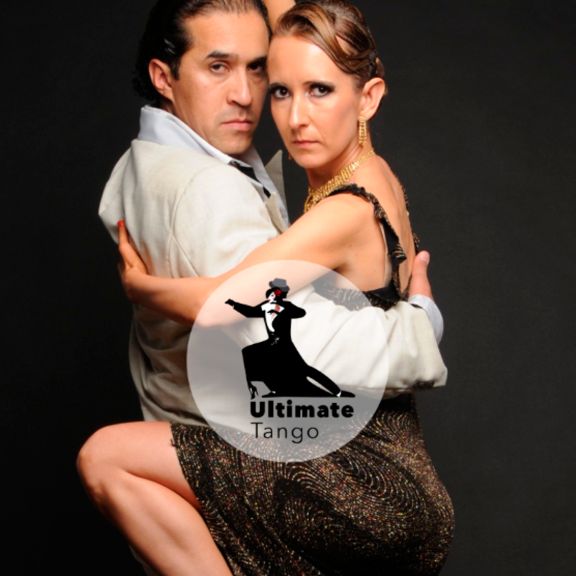274 reads
A Unique Interaction: Learning the Code of Dancing Fingerprints
by
August 27th, 2021
Audio Presented by

Argentine Tango dance academy located in Medford, MA. Where tango is taught as a philosophy of life.
About Author
Argentine Tango dance academy located in Medford, MA. Where tango is taught as a philosophy of life.